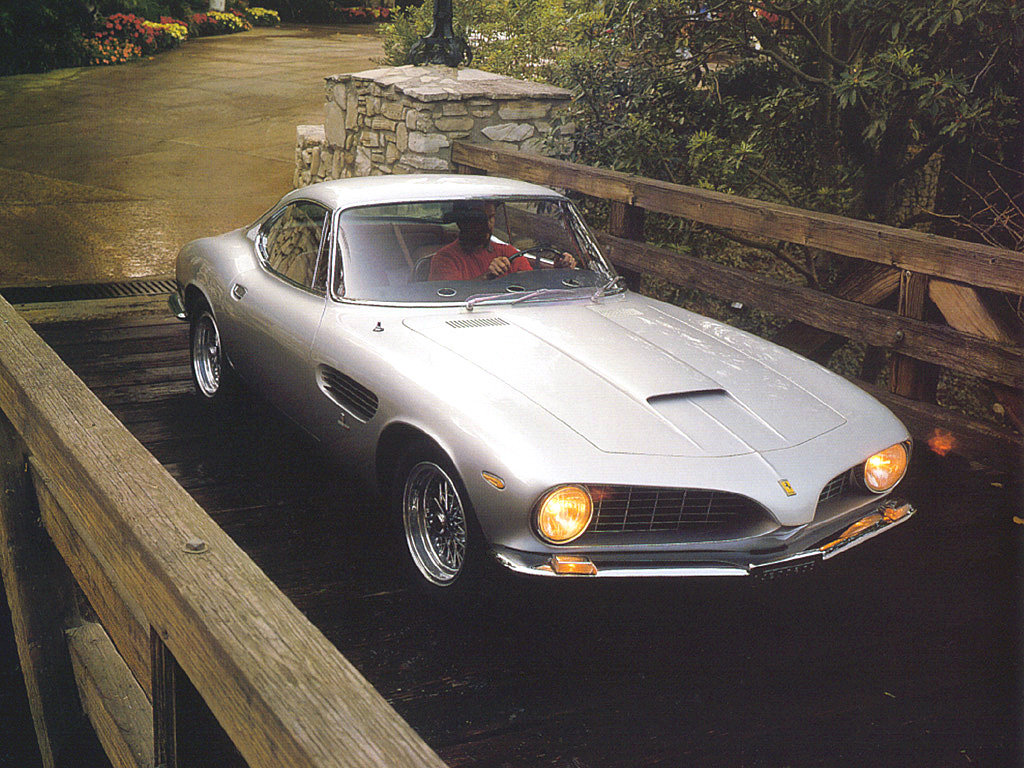
Posted on 10/25/2006 7:13:52 AM PDT by Red Badger
Jet-Engine Inspiration Another potential player in the race to 100 mpg is the StarRotor, which began life as an air conditioner at Texas A&M University. Chemical-engineering professor Mark Holtzapple and his colleague Andrew Rabroker were attempting to build a better compressor for an air conditioner when they hit on the idea that became the StarRotor engine’s basic architecture. Once they made the connection to car engines, “we quickly forgot about air conditioners,” Rabroker says. They have since formed a business (also called StarRotor) to commercialize the technology.
The StarRotor uses the same thermodynamic process as jet engines to recuperate some of the heat normally lost to exhaust, something that the design of a piston engine doesn’t allow. The exhaust heat warms the air that comes into the engine before the fuel is added [see illustration, below]. This hot air leads to more powerful combustion, which means the StarRotor can extract more energy from a given amount of fuel than a conventional engine could.
Stephen Rountree
Intake air is compressed [A] and heated [B] before it ignites in the combustor [C]. The exhaust spins the rotor [D] that drives the wheels. It then warms the heater [E].
Based on data from compressor prototypes, Rabroker believes the StarRotor will convert between 45 and 65 percent of the chemical energy in its fuel to mechanical energy, irrespective of the engine’s operating speed or power. In contrast, a typical gasoline engine has a peak efficiency of about 30 percent at full throttle and operates at a much lower efficiency during typical driving conditions. “Double is a gimme,” Rabroker says of the StarRotor’s potential. “I think we can ultimately triple the fuel mileage.”
Double or triple, though, what’s important is that innovators are developing solutions to our oil predicament —solutions that could have a huge influence before the first hydrogen-powered car ever leaves the lot.
When Billy Baker isn’t writing about the automotive industry, he’s working on a book about the juggling subculture.

You'll like this ....http://www.turbinecar.com/top.swf
Nope. More like the gas turbine engine......
It wasn't a failure, it was very much a success, unfortunately, big oil and the Big Four shelved the idea and took the cars back, pretty much destroying the majority of them, the few remaining examples are in museums, but it had a very successful run. Unfortunately they did with the Chrysler turbine what GM did with the EV1 (leased out to people, then recalled them). The Chrysler Turbine was very efficent for its day, doing a then outstanding 30 mpg in city driving, with some minor tuning capable of 45+mpg. That in a vehicle that weighs as much as a modern hearse.
"I think you blew a seal."
"Just fix the damn thing and leave my personal life out of this!"
/kooky song mode

Cool, as long as a portal is near my house, but not in y bak yard. Maybe the next town over, in someone elses back yard.
>Gravity is not the problem. It is fully restorative. >Maybe there is another word to carry that meaning...
The other word is actually 'conservative'!
Gravity is a conservative force, in that it conserves energy.
What is the proper Republican stance on gravity, a conservative field?
We should be in favor of gravity.
Without it, people keep flying off the handle, like democrats.
Nat gas is up 60 cents today. Retail gasoline has finally declined a few cents in Fairbanks just in time for the wholesale gasoline index to pop up ten cents. We got some snow a couple days ago that stuck and it is fun to watch the chechakos try to drive their Trans-Ams and 454 Silverados the first day--a good day to stay home.
There have been dozens of alternative engines devised as a means of propelling cars and trucks, but none of them have every panned out, except maybe the Wankel which has had some limited success. As a rule they almost always have big caveats attached, such as not operating efficiently over the necessary speed range (think turbines), and/or requiring materials and or machining which either don't exist or are extremely expensive. Turbine engines could be good in a hybrid type arrangement, where the engine would only be connected to a generator, and run at a constant speed. Turbines, however, while conceptually simple, in practice are very complicated despite the lack of internal moving parts, and expensive.
And then there's the inertia of the huge installed base of reciprocating-piston internal-combustion engines, and the equipment that makes them. Due to a century of engineering experience with them, they can be made durable, robust, compact, and possibly most important, fairly cheaply despite the vast array of moving parts. Would you want to be the first to buy a completely new engine design in production?
I thought the same thing at first, but their design appears to be heating the air after the compression phase, so that shouldn't be an issue. Not sure about the thermodynamics of it, though presumably they have thought that through. I suspect the shortcomings of the engine will be in the practical details - materials, durability, range of speeds for efficient operation, and so on.
Disclaimer: Opinions posted on Free Republic are those of the individual posters and do not necessarily represent the opinion of Free Republic or its management. All materials posted herein are protected by copyright law and the exemption for fair use of copyrighted works.